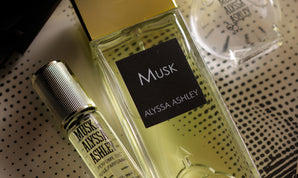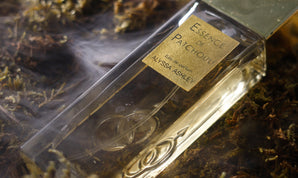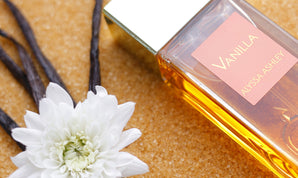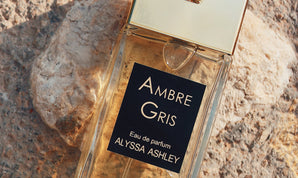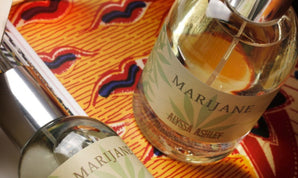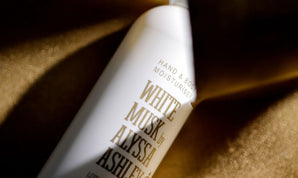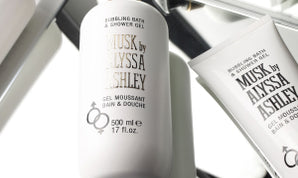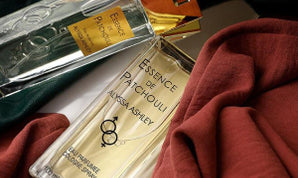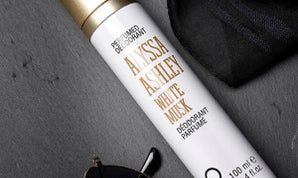Among the various questions I am often asked is one of the following:
"Is it true that a natural perfume is of high quality while a perfume with chemicals aroma is bad?"
This thought, one common to many, still amazes me today. Not only, because it is untrue, but also because, thanks to chemistry and human intervention it is now possible for us to take advantage of a wider and more complex 'palette' of aromas.
Did you know that some odours cannot be reproduced in nature because nothing can be extracted from certain flowers or plants?
There are mainly two reasons for this:
- The yield is so low that it’s not worth the workload it takes to go through the extraction process, an example of this would be the extraction from violets. The amount of essence that can be obtained is almost zero. What gives violets their scent are ionones, a family of components that were among the first to be synthesised in 1893 by the German chemists Tiemann and Krüger. Violet flower bases have made the fortune of raw material manufacturers.
- The olfactory profile of the extracted material (e.g. the essential oil, or the absolute) can be completely different from the scent of the actual flower. An example of this is the tuberose absolute which does not smell exactly like the flower. In fact, inexperienced noses may not recognise that behind that compound there is an extraction from the tuber of the white flower.
Today the flowers smell a little less, partly because of pollution, but people like me who often go to the mountains (my grandmother had a little house there) know the scent of cyclamen.
I remember how I used to brush the earth with my face to avoid disturbing nature and put the tip of my nose into the small fuchsia corolla. The delicately shaped flower gave off a crisp, lively, herbaceous smell. The scent of cyclamen can be reproduced today thanks to a cocktail of molecules called aldehydes.
Aldehydes and aldehydrated perfumes
"Aldehydes" is a term that may be meaningless to the uninitiated, but it is the ingredient that has lead to the success and history of the legendary Chanel N°5: the world's best-selling perfume. In 2021, it will be 100 years old!
Aldehydes are kaleidoscopic organic compounds, sometimes resembling talcum clouds; C11 and C12 are aliphatic and are among the most famous.
They are also used in hairsprays and detergents because they 'taste clean', and in contact with floral notes they make them shine, become oily and almost 'soapy'. In fact according to some sources the old formula of Chanel N°5, although the archetypal aldehyde fragrance, contained up to 20% and is often considered to be the most sensual interpretation of a floral bouquet.
The first aldehydes were and still are quite irritating, they linger in the throat and if not abundantly diluted, they burn the nose. Over the years, and always in the form of aldehydes, we now find very pleasant, sweet, fruit-smelling raw materials, but be wary of C14 (peach note), C16 (strawberry note) and also C18 (coconut note), which are improperly called aldehydes, rather than being referred to as lactones.
Guy Robert, in his book "Les Sense du Parfum", writes that aldehydes are fruity if the number of carbon atoms are even, whilst those with an odd number of carbon atoms, the floral facets prevail.
But... do aldehydes exist in nature? Of course they do!
For example, in the peel and essence of citrus fruits, but also in rose and liquorice essences, and in cinnamon oil (cinnamic aldehyde), but because of their low concentration, they are rarely obtained from natural raw materials containing them.
Given its composition, vanillin is also an aldehyde, in this case an aromatic aldehyde.
You should know that the oldest olfactory formulation inspired by Alyssa Ashley Musk is that of the Houbigant house in 1923.
The French fragrance house created a perfume using over 100 raw materials, including essential oils and absolutes, in order to ensure all the sensuality of the initial compound, but at the same time create a modulation of facets that were too animalic.
The introduction of Aldehydes into the formula gave the fragrance a boost, a bubbly appearance and at the same time a clean sensation that gave the composition a thoroughly modern character.
If it is of any help to you the list below contains some fragrances where the presence of aliphatic aldehydes is clear, other than Musk by Alyssa Ashley of course :
- Baghari by Francis Fabron for Robert Piguet (reformulated by Aurélien Guichard)
- Miriam by Andy Tauer for Tableu de Parfums
- Gold donna/donna by Guy Robert for Amouage
2021 is the perfect year to try, rediscover and fall in love with aldehydrated perfumes, further celebrating the history of perfumery.
